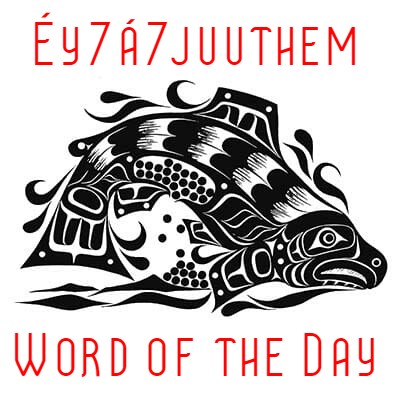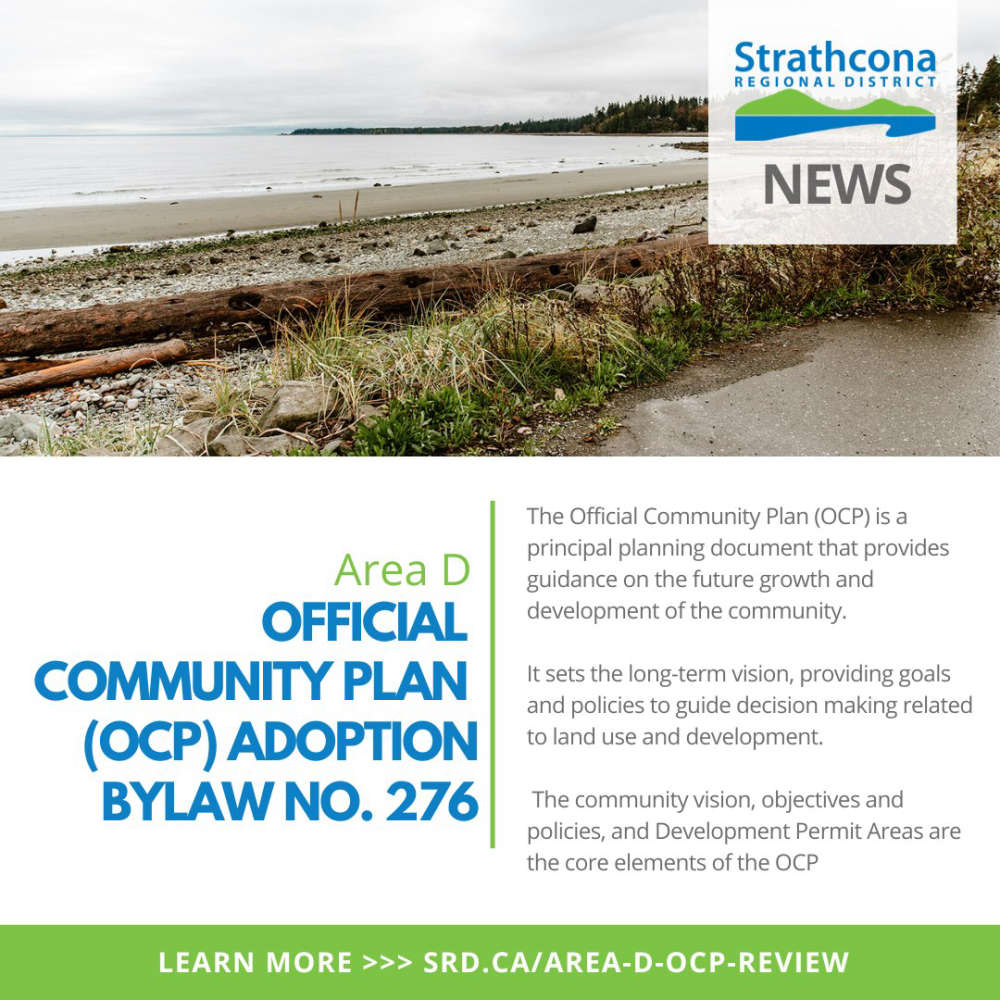
The Strathcona Regional District has adopted the Official Community Plan for Electoral Area D, Oyster Bay – Buttle Lake.
It happened at a meeting last month, with the plan the result of ‘’significant efforts and involvement from the Area D community.’’
The Official Community Plan is a principal planning document that provides guidance on the future growth and development of the community.
It sets the long-term vision, providing goals and policies to guide decision making related to land use and development.
The OCP states that, among other things, residents wish to live in quiet, spacious, and friendly, low-density neighbourhoods with limited commercial development.
Areas of open green space or beach access should be close by, protected and open to all to enjoy.
New additions to the OCP include policy support for secondary suites and carriage houses in established residential neighbourhoods, providing gentle density and infill without requiring the need for subdivision.
There are also new sections covering policies and objectives regarding First Nations and economic development.
It also increases the SRD’s commitment to sustainability by developing policy on Climate Change, Coastal Planning and Sea Level Rise, Coastal Lands and Development, and Greenhouse Gas Emissions.
More than a hundred Electoral Area D residents took part in an open house in the fall, followed up with another 160 online submissions.
Electoral Area D Director John Rice says he believes they have a really good framework for being able to do ‘’some really good land planning for the next however many years.”
You can find more at Official Community Plan.
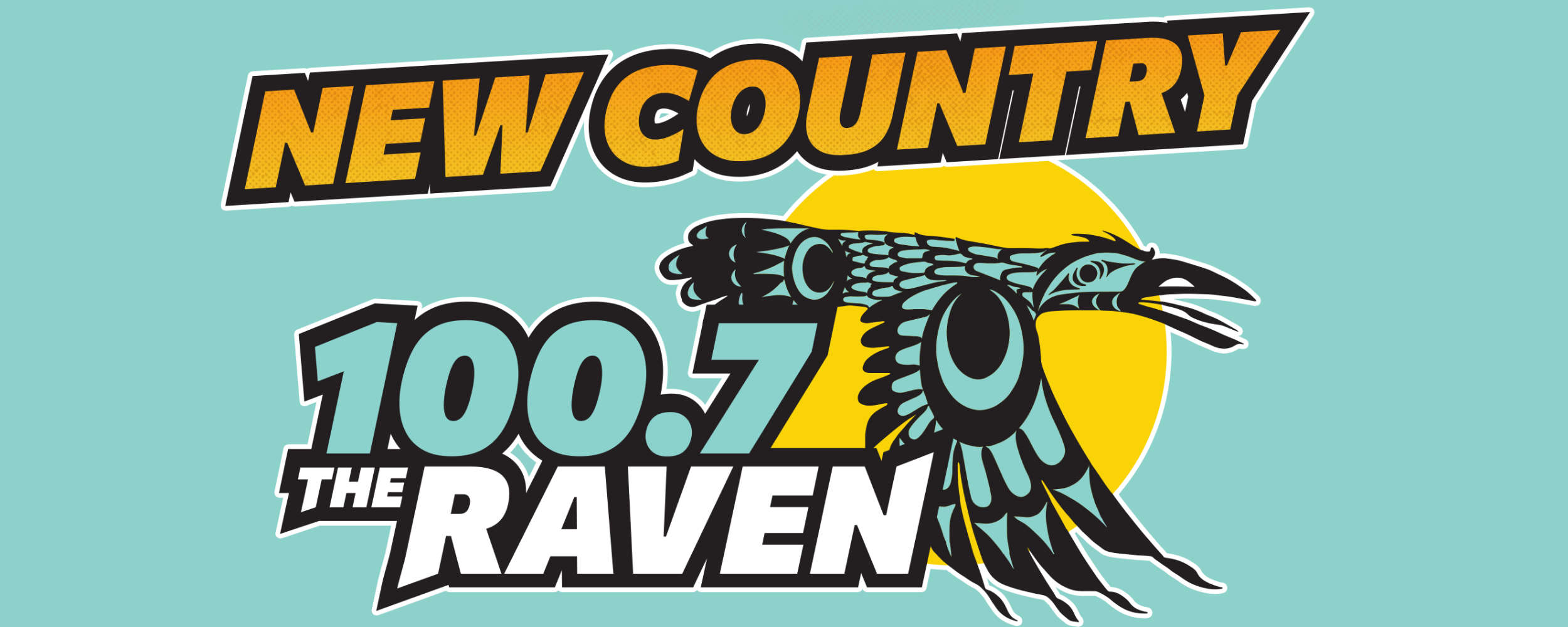
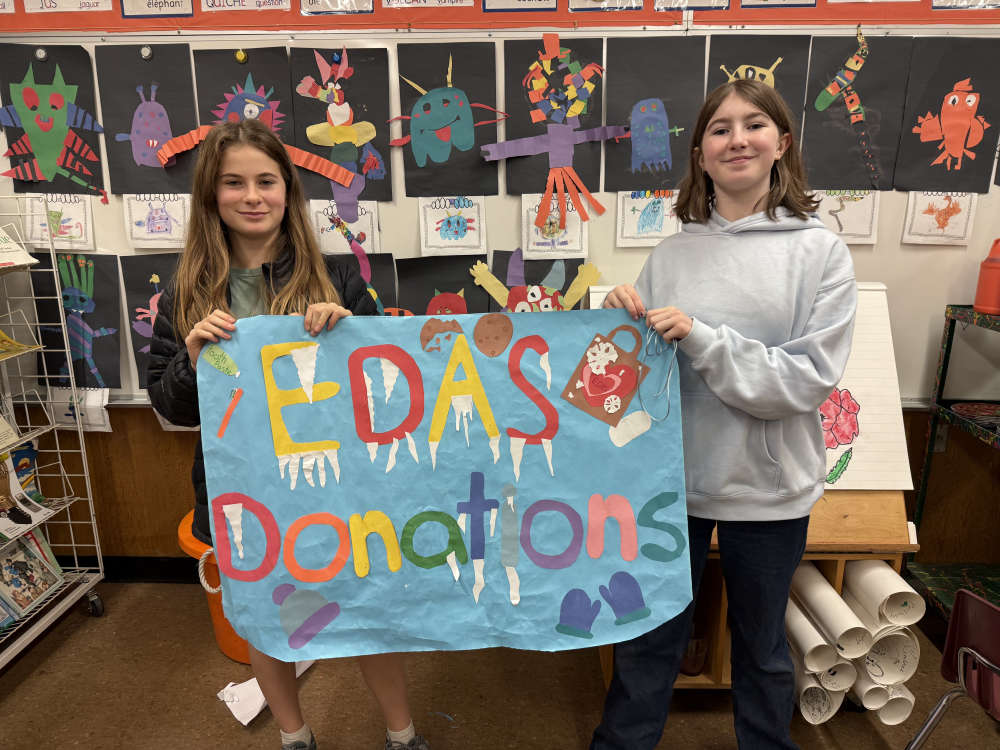 Everybody Deserves A Smile Returns For 22nd Season
Everybody Deserves A Smile Returns For 22nd Season
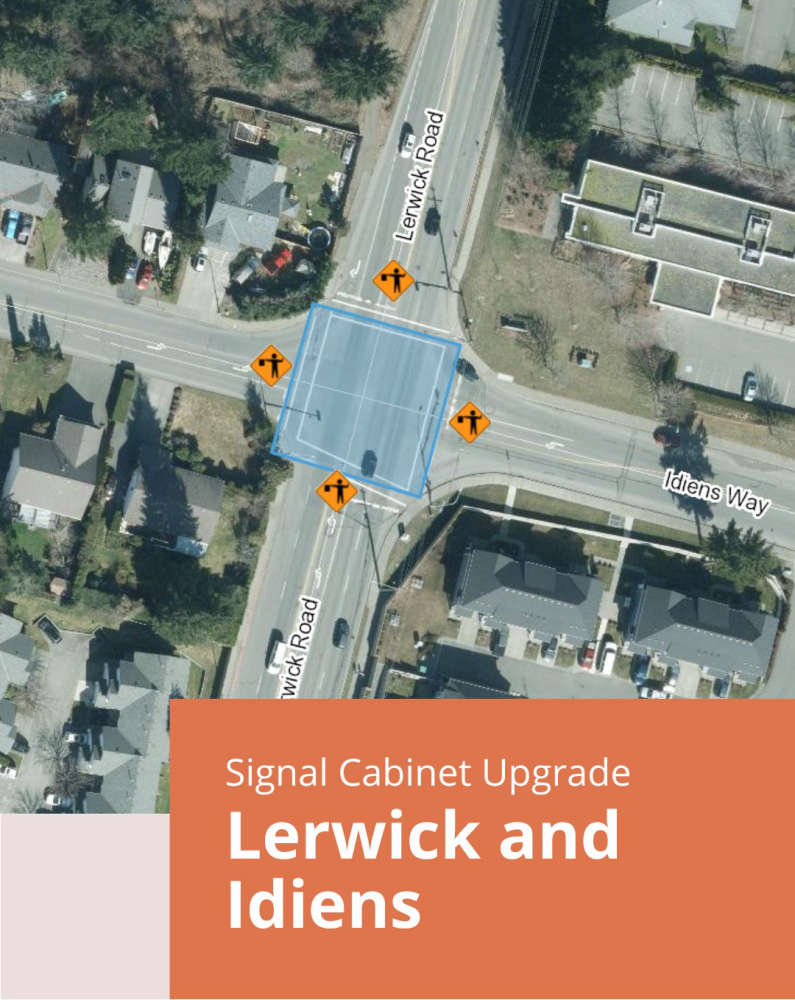 Traffic Work In Courtenay Today
Traffic Work In Courtenay Today
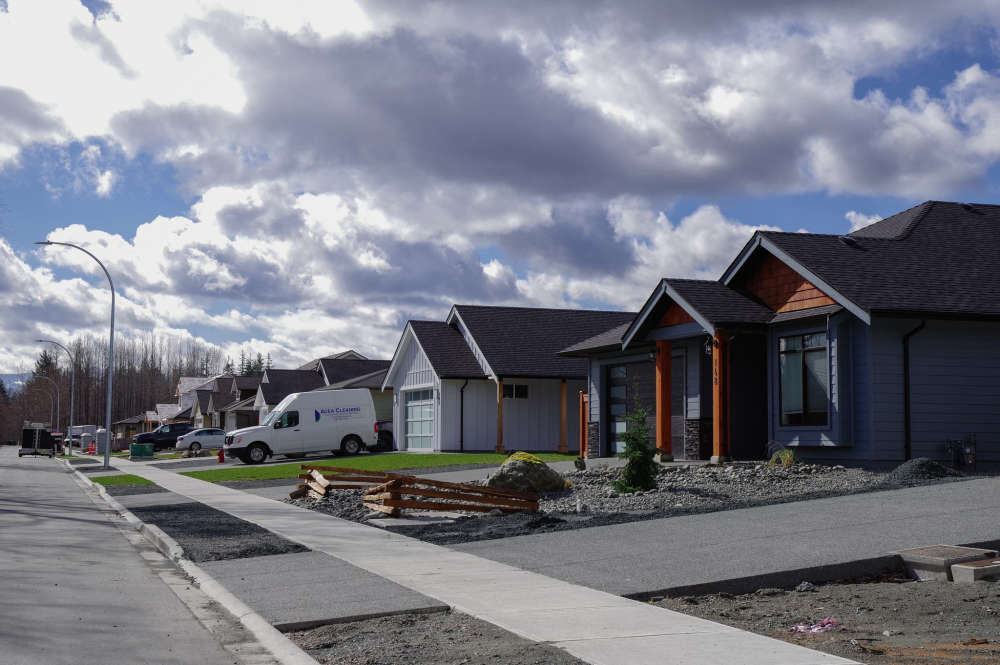 Quinsam Heights Neighbourhood Plan Open House Today
Quinsam Heights Neighbourhood Plan Open House Today
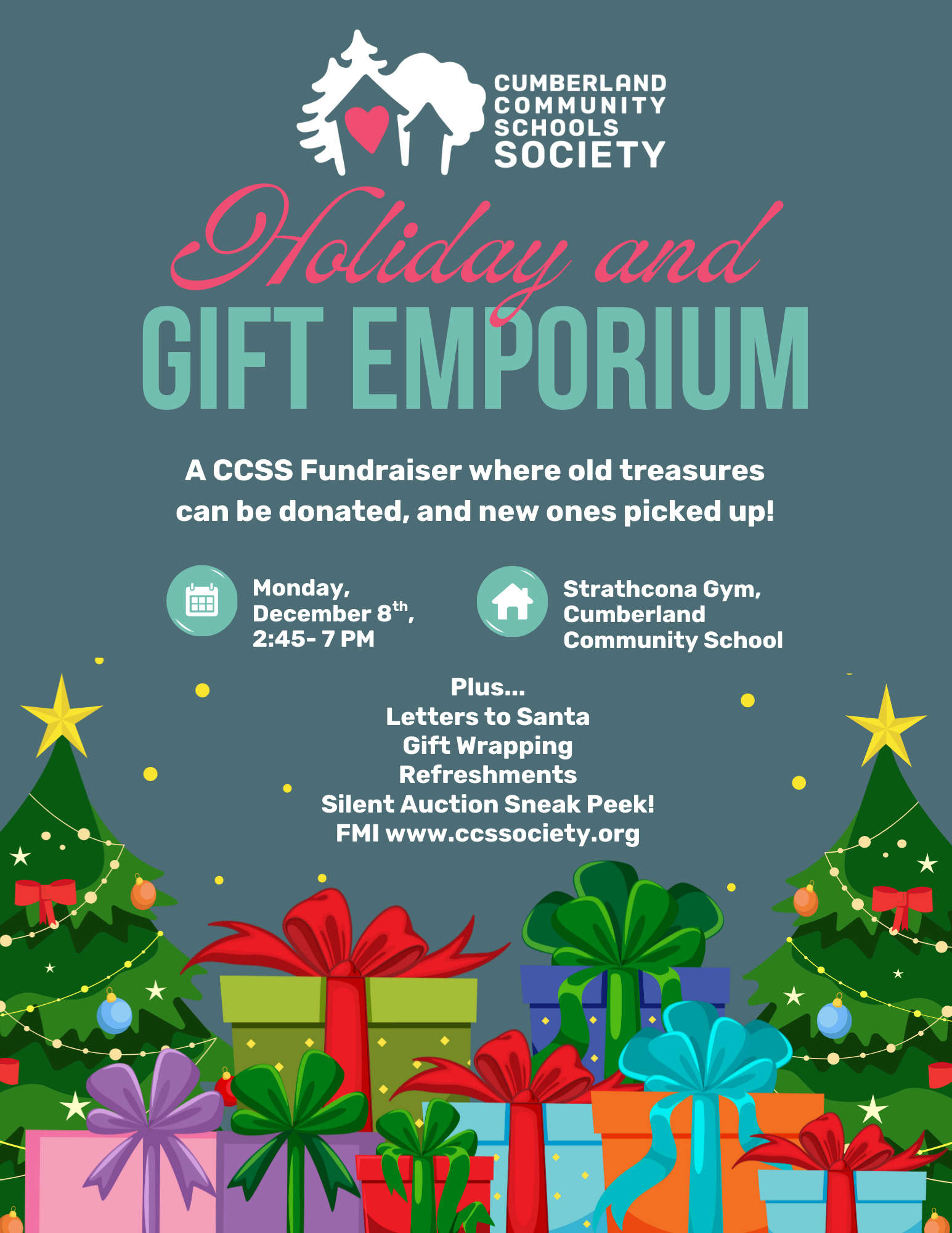 New Holiday Event In Cumberland This Week
New Holiday Event In Cumberland This Week
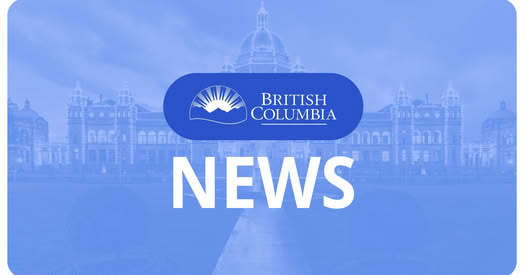 Province Issues New Guidance On Involuntary Care For Youth
Province Issues New Guidance On Involuntary Care For Youth
